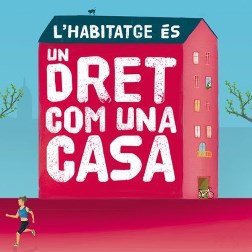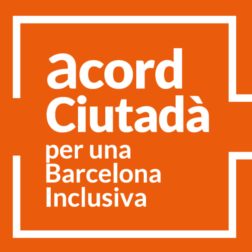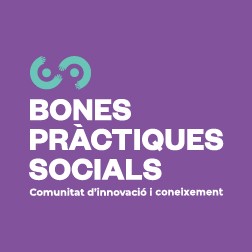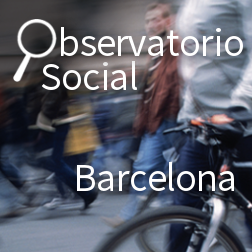Barcelona to open an exhibition on cohousing and industrialised construction
12/12/2022 - 09:36
- Barcelona estrenarà una exposició sobre cohabitatge i construcció industrialitzada
- Barcelona estrenarà una exposició sobre cohabitatge i construcció industrialitzada
- Barcelona estrenarà una exposició sobre cohabitatge i construcció industrialitzada
The figures show that the city of Barcelona has made a firm commitment, in recent years, to more flexible, efficient, democratic, and participatory housing models, in parallel to the more traditional construction models. And in this sense, both cohousing and industrialised construction are two innovative models that meet these characteristics and that now, from December 16, can be known in depth.
The exhibition can be found on the first floor of the APROP lodgings, located at Irena Sendler Street, 22, in Glorias, and can be visited every Friday, starting on the 16th, from 9 am to 2 pm and from 3 pm to 6 pm. Access to the exhibition is free of charge and no prior registration is required.
Cohousing, a model of community life
One of the two housing models on display is cooperative housing in the cession of use, or cohousing, which currently already has 19 projects underway in Barcelona, since the first one became a reality, in La Borda, at the end of 2018. Projects that already account for more than 400 homes, most of which are built on municipal land.
Unlike conventional housing, this modality encourages community living and mutual support, with housing that helps combat loneliness and individualism. They often also have a positive impact on neighborhoods, as they allocate commercial premises to neighborhood initiatives or social apartments to more vulnerable people. In addition, ethical financing marks a process of self-promotion that allows the final price to be reduced and in which the economy that is generated is reinvested in the social and solidarity economy. This, together with the support of the administration, makes it possible to reduce the initial contribution made by the neighbors by around 50%.
An egalitarian housing concept where ownership is collective avoids speculation and prevents the generation of capital gains or individual profit. Members can make indefinite use of their housing and community spaces, and if they leave the cooperative, they recover the initial capital contribution.
Although it has only recently been implemented in Catalonia, there are countries where this practice has a long history, as is the case in Denmark and Uruguay, and more recently in Switzerland and Germany.
Industrialised solutions for emergency housing
Among other things, the exhibition shows the current commitment of the Barcelona City Council to increase the city’s public housing stock through industrialised solutions, which involve a more efficient construction process.
This commitment is reflected, for example, in the 54 Provisional Proximity Housing Units (APROP), made from reused shipping containers, which house people in emergency housing situations. But it is also applied in the new permanent public housing developments where, as a novelty, the drafting team (architect) and the construction company work together on the proposal from the initial drafting phase.
Likewise, the central part of the exhibition is focused on visualizing the main advantages offered by this type of construction compared to a more conventional one. Industrialised construction is safer, as it is carried out in workshops; more agile in time, as the design is standardized and production is automated; more ecological, as it generates less waste and emissions; and more collaborative, as it incorporates the industrialists from the beginning of the design process.
Along with the advantages, the visitor will also be able to contemplate a model that explains the construction process of a building erected using industrialized methods, and that allows highlighting the four main objectives of this model: speed of execution, shortening construction and delivery times by at least 30%; flexibility, in that it admits different types of life and coexistence over time; innovation and cooperation between local companies, which generate, for example, the emergence of new structural systems such as cross-laminated timber panels and aluminum profiles; and the sustainability of the construction process, where only the choice of more sustainable materials and systems reduces CO2 emissions by 30%.
A construction process with an enormous future, but not exempt from improvements and changes, as shown in the final part of the exhibition, which emphasizes the need for a more direct relationship between the designer and the industrialists to promote the search for more innovative solutions.












